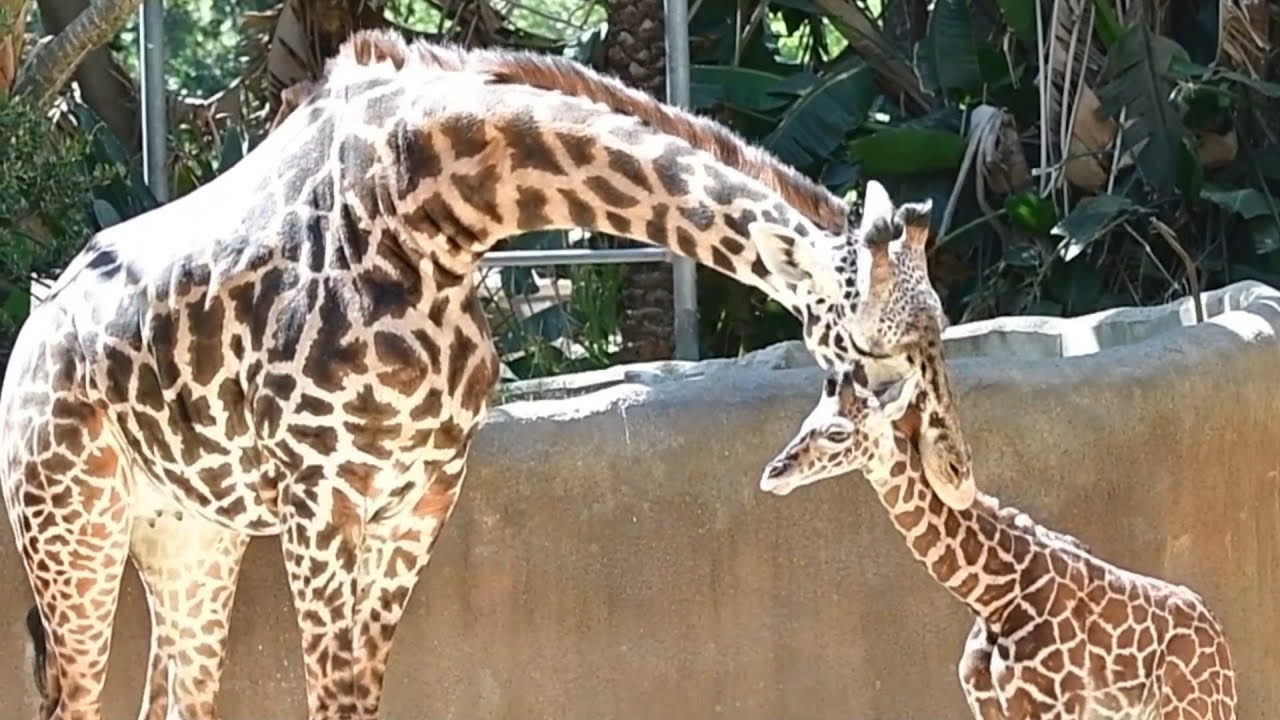– The significance of maternal behaviors in animal conservation efforts
– The developmental milestones for baby animals in their early stages of life
– The role of zoos and wildlife conservation organizations in protecting endangered species through breeding programs
– The importance of public education campaigns in fostering a connection between humans and wildlife
– The challenges faced by wildlife due to habitat loss and climate change and how these impact mother and baby animals
The bond between mothers and their offspring is a fascinating topic that spans the vast diversity of the animal kingdom. Understanding the intricate behaviors of mothers and their young enriches our knowledge of the natural world and plays a critical role in animal conservation efforts. Through a comprehensive exploration of developmental milestones in baby animals, the conservation role of zoos, public education’s impact, and the challenges posed by environmental changes, this article aims to thoroughly understand the connections and dependencies between moms and babies in the wild.
Mother animals exhibit a wide array of behaviors to ensure the survival of their offspring. These behaviors can range from the nurturing and teaching observed in primates to the more instinctual practices of laying eggs and leaving them to hatch independently in certain reptiles and fish. Mother animals’ protection and education are crucial during the early stages of an animal’s life. This period is when many foundational skills for survival are learned, including hunting, foraging, and social interactions within species groups. In species such as elephants and whales, the young remain with their mothers for extended periods, which allows them to fully develop these necessary skills for adulthood.
The developmental milestones for baby animals vary widely across species. For instance, giraffe calves begin to stand and walk within hours of birth – a critical adaptation for survival in the wild. In contrast, lion cubs are born blind and utterly dependent on their mother for protection and food. These early stages are critical for developing physical abilities and social behaviors essential for survival. Understanding these developmental stages in conservation scenarios is key to creating effective breeding and reintroduction programs.
Zoos and wildlife conservation organizations play pivotal roles in preserving endangered species. Through carefully managed breeding programs, these institutions work to maintain genetic diversity and increase the populations of species at risk. These programs often involve rearing young animals, sometimes requiring staff to step in as surrogate mothers when necessary. This work underscores the critical role of understanding maternal behaviors and their importance in the healthy development of offspring. Moreover, zoos serve as educational platforms, offering the public a chance to learn about animals’ lives, their status in the wild, and their conservation challenges.
Public education is essential in fostering a connection between humans and the natural world. Educational campaigns motivate individuals to support conservation efforts by promoting empathy and understanding. This connection often begins in childhood, with young visitors to zoos or watchers of wildlife documentaries developing a lifelong interest in and commitment to environmental stewardship. Understanding the stories of mothers and their young in the wild can play a powerful role in these educational efforts, highlighting the universality of maternal care and the vulnerability of the young.
Habitat loss and climate change profoundly impact wildlife, affecting mothers and their babies significantly. These changes can lead to alterations in food availability, migration patterns, and the suitability of habitats for rearing young. Additionally, the stress placed on pregnant or nursing mothers by environmental changes can impact the health and survivability of their offspring. The conservation community continuously works to mitigate these impacts through habitat restoration, legal protections, and global climate initiatives.
Addressing these topics, from the maternal behaviors crucial for species’ survival to the developmental needs of baby animals and the role of humans in conservation, offers a multi-dimensional view of the biological and ecological intricacies of life in the wild. This perspective not only enhances our understanding of the natural world but also highlights the interconnectedness of all living beings. Through diligent conservation efforts, education, and a commitment to sustainable living, it is possible to protect these remarkable mothers and their young for future generations to observe and admire. Engaging with this subject encourages a deeper appreciation for the resilience and complexity of life on Earth, motivating continued support for conservation efforts worldwide.
*****
Source Description
Happy Mother’s Day to all the incredible moms and mother figures who provide guidance, support, love, and so much more.
#HappyMothersDay #MothersDay


